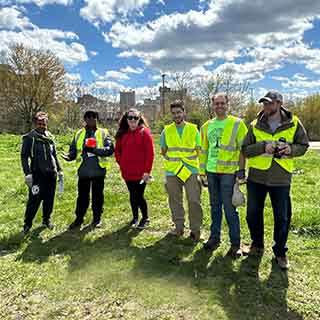Of the 10 occupations with the most job openings expected in the region through 2030, only four are expected to pay a wage that will enable the workers to afford housing. Those occupations are office clerks, registered nurses, heavy and tractor trailer truck drivers and customer service representatives. That’s based on May 2021 wages. It’s one of the challenges found in a housing needs assessment of Mahoning and Trumbull counties by the Greater Ohio Policy Center and the Reinvestment Fund, which are contracted for the work by Eastgate Regional Council of Governments. The information was presented Wednesday at the Raymond John Wean Foundation offices at a second stakeholders meeting – the first was last fall.
Representatives from government, businesses and organizations that work in housing comprise the stakeholders. The GPOC and the Reinvestment Fund will present recommendations at a third meeting expected this fall. The consultants are developing a regional housing strategy. “The need for housing is on the mind of every community, wherever you go,” said Jim Kinnick, Eastgate executive director. Those needs are amplified in the Mahoning Valley region, he said. “In response to the uptick in economic development opportunities, Eastgate, along with the [Youngstown/Warren] Regional Chamber, has initiated a plan to retain and return our talented young people,” Kinnick said.
The two entities are launching a repopulation effort aimed at retaining Valley young people, returning those who have left and receiving legal immigrants and refugees. Part of that regional vision includes a need for housing. The housing strategy will make data drive recommendations that address a variety of housing opportunities and needs in both counties. It will provide a blueprint, Kinnick said. “Our intention at Eastgate is the strategy will help our local leaders confidently and strategically make decisions that result in quality housing for all residents,” he said. Alison Goebel, executive director of the Greater Ohio Policy Center, said a housing needs assessment identifies some of the causes and effects of housing issues and the populations most affected by them. There are 184,785 households in the two counties.
When assessing housing needs in a region, the consultants examine whether there is sufficient housing that is affordably priced and, if not, what the gap is. They also look at if there are adequate housing choices that match current and expected needs based on demographic numbers, she said. The assessment looks at housing issues across income, racial demographics and special needs populations.
Valley Renters and Homeowners
The researchers looked at how renters and homeowners in the two counties are experiencing needs. In Mahoning County, 70% of households own their home. In Trumbull, 72% own their homes, the assessment found. That’s a little higher than many counties across Ohio, Goebel said. In Youngstown, 56% of residents own their homes, and in Warren, it’s 50%. Those numbers are typical of Ohio’s legacy cities, she said. It also found that 20% of Valley homeowners and 42% of Valley renters are housing cost burdened. “When we say a household is housing cost burdened, what we mean is they are spending more than 30% of their income on housing costs like rent, mortgage and utilities,” Goebel explained. That means they aren’t spending money on other critical needs like medical care, food, car payments. They become financially insecure.
Housing cost burden is disproportionately experienced across both counties and the cities by nonfamily one- or two-person households, the elderly and households of up to four people. That isn’t proportionate across the region though. One in 6 Mahoning and Trumbull residents live in poverty, but 1 in 3 of those identify as Black or Latino/Hispanic. “What that tells us is that people of color are disproportionately experiencing housing cost burden and have wages that do not support rent and mortgages where they sit today,” Goebel said. And rents outstrip income. To afford to rent a two-bedroom apartment at $794 per month, a household must earn a $31,780 salary or work 60 hours per week at a minimum wage job, according to the assessment.
But 23.5% of Mahoning and 22.3% of Trumbull homes earned less than $25,000 in 2022. More than 12,500 homes in the two counties receive a subsidy from the U.S. Department of Housing and Urban Development. More than 7,500 households are waiting for affordable housing, Goebel cited from the study. And the senior population in the Valley is growing, with 22% of the population of both counties at least 62 years old. By 2050, 10% of the population will be at least 75. More than 16% of the population has a disability.
Mahoning and Trumbull counties need at least 4,000 housing units that are affordable to the lowest income households. That includes households that earn 30% or lower than the Area Median Income. For a three-person household, that’s $24,860. But there’s a 17,000 unit surplus of housing units affordable to households that earn between 31% and 50% of AMI, or $24,861 to $35,300 for a three-person home, according to the information presented Wednesday. While Goebel said the numbers are based on HUD Comprehensive Housing Affordability Strategy data, Tiffany Sokol, housing director at Youngstown Neighborhood Development Corporation, questioned the 17,000 unit surplus, believing the number is much lower.
To read the full story from The Business Journal, click here.
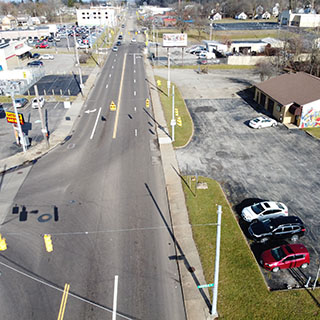

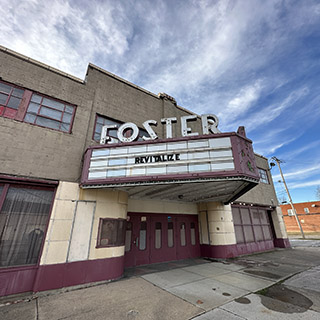

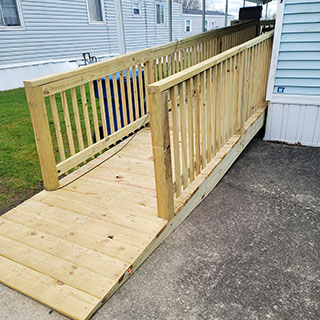


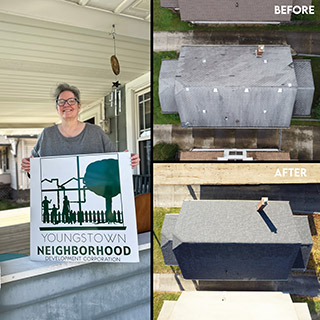
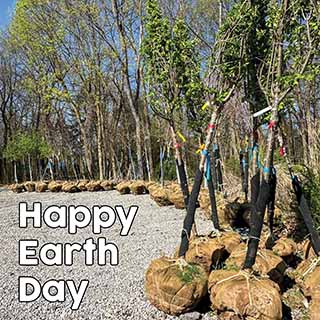 ,
, 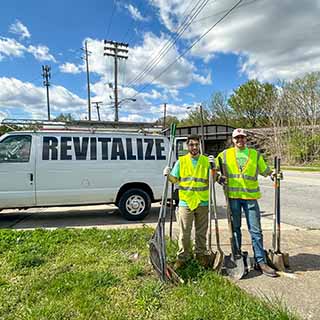 ,
, 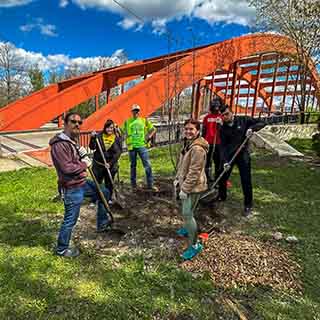 ,
, 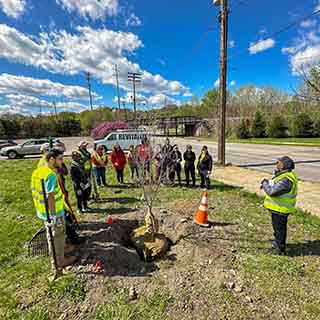 ,
, 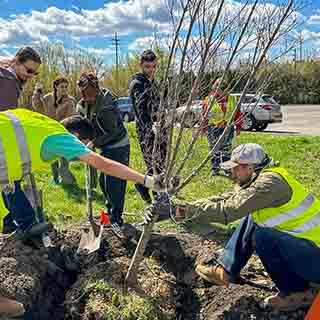 ,
, 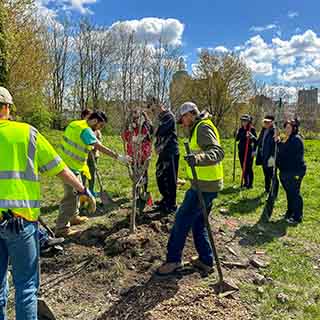 ,
, 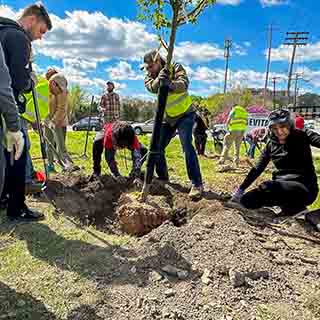 ,
, 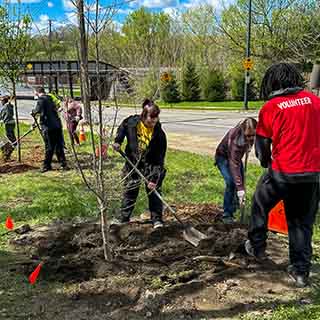 ,
, 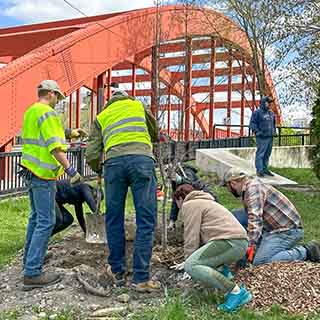 ,
, 